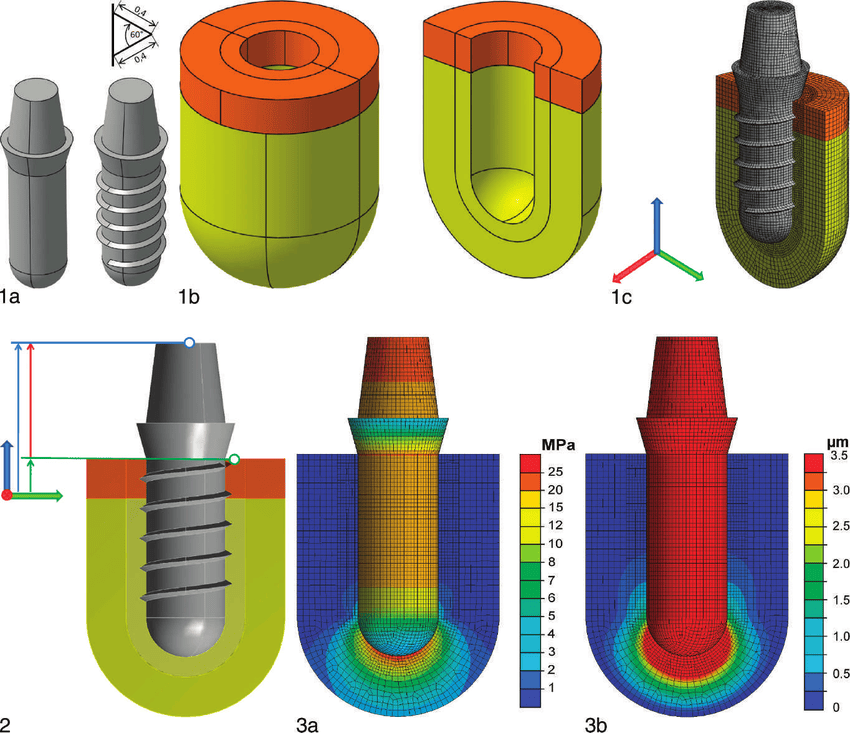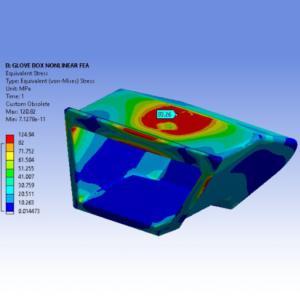
ELASTOMER RUBBER FEA – FINITE ELEMENT ANALYSIS
ASKV SOLUTIONS Pvt. Ltd. offers a complete range of hyper-elastic material characterisation testing and finite element analysis (FEA) consulting services for polymers, and elastomers.
At ASKV SOLUTIONS Pvt. Ltd., we have a wealth of experience in addressing elastomer rubber material problems. The ability to model the special elastomer characteristics requires the use of sophisticated material models and non-linear Finite element analysis tools that are different in scope and theory than those used for metal analysis. Elastomers also call for superior analysis methodologies as elastomers are generally located in a system comprising of metal elastomer parts giving rise to contact-impact and complex boundary conditions. The presence of these conditions require a judicious use of the available finite element technology and solution techniques.
Non-linear Material Testing
With in-house resources to carry out material characterisation testing on polymers, elastomers and rubber materials, we have full capabilities to characterise any kind of rate dependent materials. We can also extract and test material samples from failed parts.


Our portfolio in elastomer and rubber FEA consultancy projects includes products from the power generation, biomedical, automotive, and aerospace domains. The only commonality in our F work is that each of our projects has met or exceeded our customers’ requirements.
For over 20 years, we have successfully completed a number of projects for a wide range of industrial clients. Feel free to request information about our projects.
The following 3 step procedure is carried out to accurately carry out Finite Element Analysis FEA of elastomer rubber materials Using Material Constants for Mooney-Rivlin, Ogden, and Viscoelastic Prony Series.
1) Material Characterisation Testing: In simulating the large strain response of rubber and elastomer materials the characterisation of materials is of utmost importance. The material should ideally be characterised for all deformation modes the component is expected to see under service conditions. We carry out the following four FEA support tests to fully characterise the material in all modes of deformation.
a) Uniaxial Tension
b) Uniaxial Compression
c) Planar Shear
d) Volumetric Test
At ASKV SOLUTIONS Pvt. Ltd., we have moulding capabilities, you can send us the rubber material with the curing parameters and we will mould the samples.
2) Generation of Material Constants: In Abaqus, Ansys, LS-Dyna, MSC-Marc etc., there are many materials laws available to simulate hyper-elastic and hyper-foam rubber elastomer and polymer foam materials. Neo-Hooke, Mooney-Rivlin, Ogden, Yeoh, Arruda-Boyce, etc., are some of the widely used material models.Typically, Neo-Hooke, Mooney-Rivlin are considered lower order material models and Ogden, Yeoh etc, are considered higher order material models.
3) Verification and Validation: During the curve-fitting state, a one-element test is carried out in FEA softwares like Abaqus and Ansys to curve-fit the material constants to the test data. This procedure shows plots of overlapping material model curves with the testing data curves to show the accuracy of the material constants. Once the validation using single-element test is completed, a more robust validation for the FEA model setup can be carried out. A validation on testing rig can be carried out to validate the material model as well as the loading and boundary conditions.